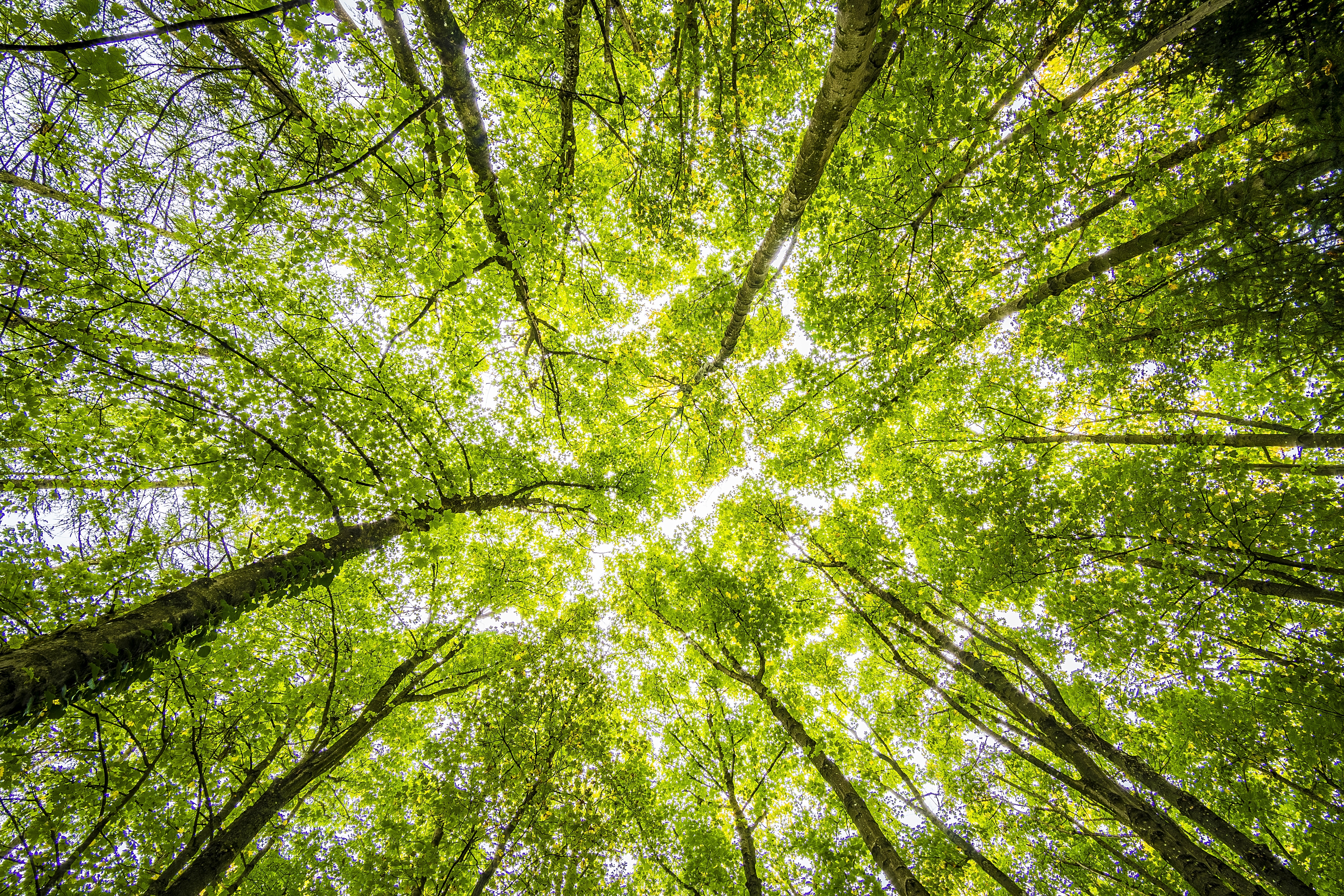The need to plant more trees is popular and high up the political agenda across all four countries of the UK. This is extremely good news as the right trees, planted in the right places can provide significant biodiversity, climate and well-being benefits as well as reducing our reliance on imported timber. So, here at Butterfly Conservation we are right behind this new and more ambitious woodland agenda. Getting it right, though, is the challenge!
In the “dash to plant” there are risks and we need to ensure that this excellent ambition is channeled in the right way to maximise both the benefits and the opportunities.
Tree planting has an important role to play in the urgent need to combat climate change. However, the scale of contribution must not be overplayed neither must it distract from the wider need to drive down emissions. Perhaps surprisingly, trees only capture 4% of UK emissions1 (Defra 2020), so even an ambitious scaling up of planting will be nowhere near enough to address the scale of the climate challenge. Butterfly Conservation will continue to press for tree planting as part of the solution to the climate crisis alongside calling for progressive political leadership and action to tackle the much bigger challenge of cutting emissions
Underlying our approach to trees and woodlands is a need to focus on quality and not just quantity. For example, in general terms native trees provide greater biodiversity benefits but a closely planted, single species stand of native trees will have very limited wildlife value. For extensive tree planting to succeed we need to delve deeper into the detail rather than using simple headline tree cover targets. For example, placing more emphasis on natural regeneration will help create a more diverse and rich scrub and woodland structure. And scrub, hedgerows and trees outside woods all have important parts to play in creating wildlife-rich woodlands where trees are integrated into the landscape.
The tree planting agenda is surprisingly complex, but I will focus on the issues where Butterfly Conservation can play an active role and have most relevance for butterflies and moths.
Protecting important open ground habitats
Tree planting will inevitably be targeted towards less productive marginal land However, some of this land can be exceptionally important for some of our rarest and most threatened species including flower-rich bracken slopes in England and Wales important for violet feeding fritillaries such as the Pearl-bordered and High Brown Fritillary. The highly fragmented nature of our landscapes means such sites can be small and easily destroyed by very limited planting. A good example is the rare Argent and Sable moth in Northern Ireland which occupies small, wet, open habitats that can be easily shaded out if surrounding areas are planted.
There is where Butterfly Conservation can play a key role. Thanks to our dedicated staff and volunteers we have comprehensive datasets which can generate detailed maps showing important sites for butterflies and moths which must be excluded from planting. With the help of volunteers, we can also fill gaps in data and help identify sites at risk, as a recent survey of the Northern Brown Argus in the Scottish Borders has shown.
Management of existing and new woodlands
We also know it is crucial to improve the condition of our existing woodlands. Taking England as an example, only a shocking 9% of woodlands are in favourable condition, so it is imperative that improving existing woodlands must be given the same priority as planting new ones.
Based on data collected by Butterfly Conservation volunteers, the woodland butterfly index in England declined by 42% between 1990 and 2019. This substantial decline is thought to be the result of a lack of management such as coppicing2 (Defra 2020).
From our evidence and practical experience we know how many of these declines can be reversed, as our work with Pearl-bordered Fritillaries in the Wyre Forest of the West Midlands has shown. Across the UK there is a need for better management underpinned by access to advice, infrastructure and financial incentives to drive a dramatic improvement in the quality of existing woodlands. Planting new woodlands will not reverse the trends for most declining species, particularly in the short term.
Doing it well
An excellent example is the exciting Cairngorms Connect project in Scotland. This is the largest habitat restoration project in the UK covering an incredible 600 square kilometres within the spectacular Cairngorms National Park. The ambition is to enhance habitats, species and ecological processes, integrating the expansion of the immensely important Caledonian Pine Forest and Bog Woodlands into the landscape providing benefits for biodiversity, climate and people. BC is proud to be a partner in such an exciting and ambitious project.
Going forward, we will continue to help in accelerating tree planting in a way which maximises the benefits for biodiversity, commercial forestry, recreation and climate change. This will not be easy to do well and there will be tensions and competing interests. But we will play our part in increasing the UK’s woodland cover with all the benefits that this can bring.
Chris Corrigan
Policy Officer
References
- Defra (2020) England Tree Strategy Consultation Document
Defra (2020) Butterflies in England: species of wider countryside on farmland and in woodland, 1990 to 2019


